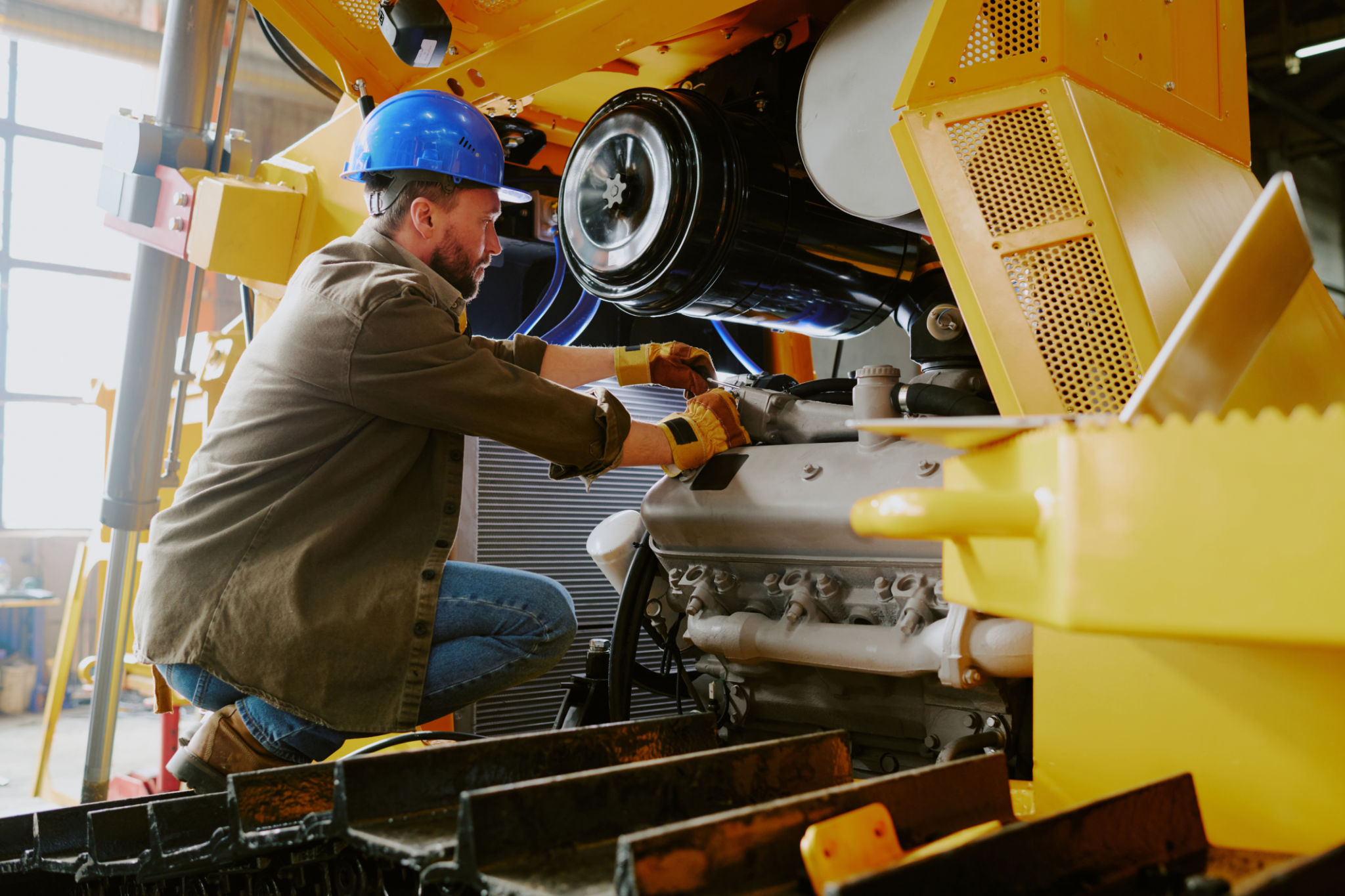Step-by-Step: How to Maintain Your Scientific Instruments in Penang
Understanding the Importance of Maintenance
Maintaining scientific instruments is crucial for ensuring accurate and reliable results. In Penang, where research and industrial applications are growing, the need for well-maintained equipment is more important than ever. Routine maintenance not only extends the lifespan of your instruments but also avoids costly repairs and downtime.
Regular servicing can prevent minor issues from escalating into major problems. This proactive approach helps maintain the integrity and precision of your scientific measurements, ensuring that your data remains trustworthy.

Creating a Maintenance Schedule
One of the first steps to effectively maintain your scientific instruments is to establish a maintenance schedule. This involves identifying which instruments require regular checks and determining the frequency of these checks based on the manufacturer's recommendations and usage patterns.
Consider creating a detailed log to track maintenance activities. This log should include dates, performed tasks, and any observations noted during inspections. Over time, this record will help identify patterns or recurring issues that may need attention.
Cleaning and Calibration
Regular cleaning is essential to prevent contamination and ensure accurate readings. Use appropriate cleaning agents recommended by the manufacturer, and follow the prescribed procedures to avoid damage. Pay special attention to sensitive parts like lenses, sensors, and connectors.
Calibration is another critical aspect of maintenance. Instruments should be calibrated periodically to maintain accuracy. This process involves comparing instrument readings with a standard reference and making necessary adjustments. Proper calibration ensures that your instruments deliver precise results every time.

Training and Documentation
Proper training is vital for staff responsible for maintaining scientific instruments. Ensure that employees are well-versed in handling equipment safely and effectively. Training programs should cover routine maintenance tasks as well as troubleshooting techniques for common issues.
Equally important is maintaining thorough documentation. Comprehensive user manuals, maintenance guides, and troubleshooting charts should be readily available to all staff members. These resources serve as valuable references, especially when unexpected issues arise.
Engaging Professional Services
While regular in-house maintenance is essential, engaging professional services for more complex tasks is equally important. Local service providers in Penang offer specialized expertise in servicing scientific equipment, ensuring adherence to industry standards and regulations.
Professional technicians can provide detailed inspections, advanced troubleshooting, and repair services that may be beyond the scope of your team’s capabilities. Establishing a relationship with a reliable service provider can offer peace of mind and ensure that your instruments are always in top condition.

Monitoring Environmental Conditions
Environmental conditions can significantly affect the performance of scientific instruments. Factors such as temperature, humidity, and dust levels should be monitored regularly to prevent adverse effects on sensitive equipment.
Implementing climate control measures in laboratories or storage areas can help maintain optimal conditions for your instruments. This includes using air conditioning, dehumidifiers, or air purifiers where necessary to protect your investments from environmental damage.
Conclusion
Maintaining scientific instruments is a multifaceted process that requires careful planning and execution. By following these step-by-step guidelines, you ensure that your equipment remains reliable and efficient, supporting your research or industrial objectives in Penang.
Remember, consistent maintenance not only preserves the functionality of your instruments but also enhances their overall performance, ultimately contributing to the success of your projects.